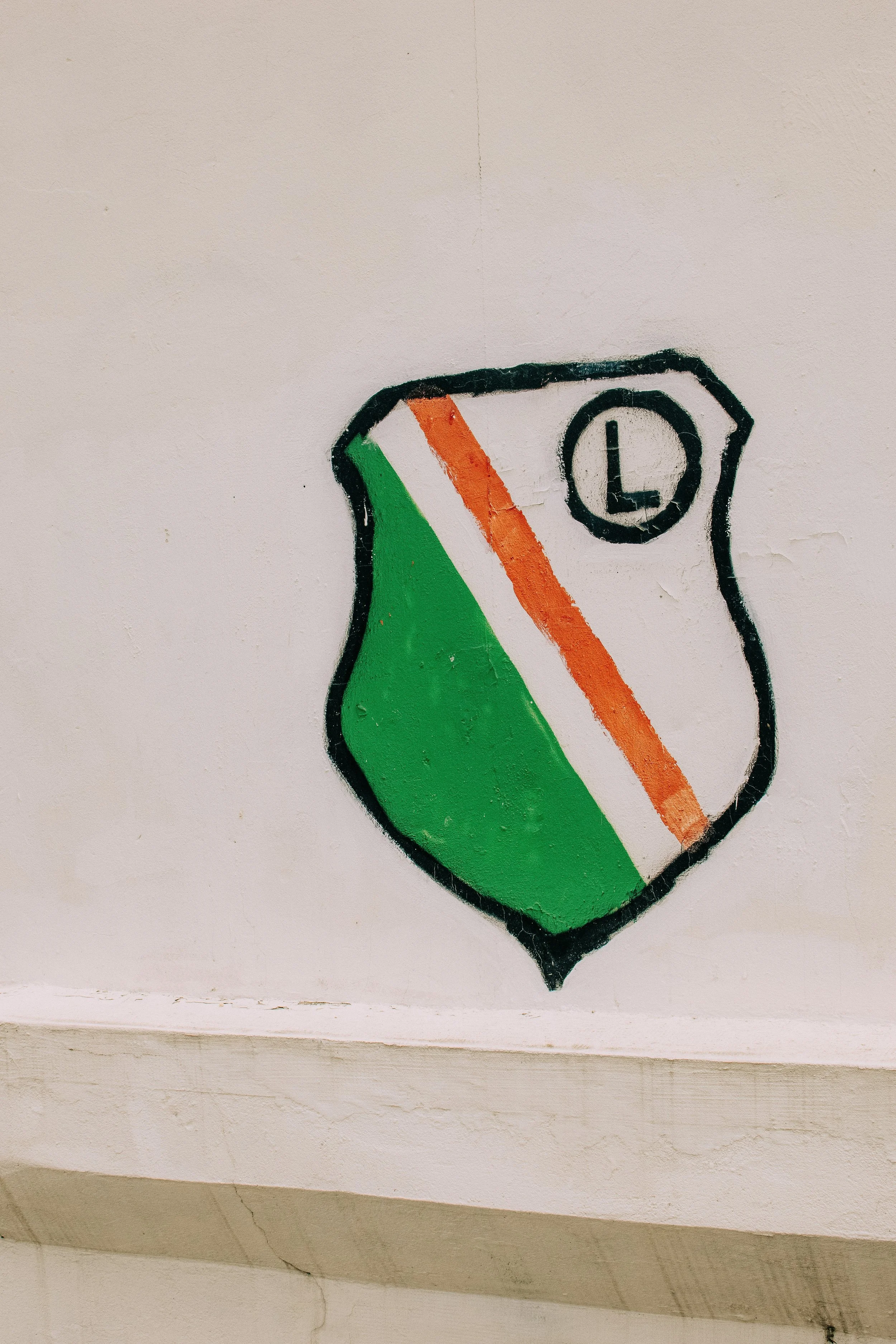warsaw
Rebuilt. Resilient. Football to the Core.
Warsaw isn’t pretty in the postcard sense — it’s powerful. A city that was flattened, rebuilt, and reborn more than once, and that fighting spirit still runs through everything here — especially its football.
This is a capital built on grit and pride. Concrete towers and glass skyscrapers mix with old communist blocks and buzzing riverside bars. Street art covers scars of history. And on matchdays, the city transforms — drums echo through the streets, scarves fly from car windows, and fans head toward Łazienkowska Street like pilgrims.
Welcome to Warsaw, where football isn’t just a sport — it’s identity.
The City
Warsaw has two faces. One sleek and modern, full of glass, neon, and rooftop bars; the other rooted in history, resistance, and raw emotion. It’s that contrast that makes the city so magnetic.
Wander through:
Old Town (Stare Miasto) – rebuilt brick by brick after WWII, now full of cafés, cobbled streets, and live buskers.
Praga District – across the Vistula River, where old factories have become art spaces, bars, and music clubs.
Nowy Świat & Powiśle – where locals drink, eat, and start their nights.
Łazienki Park – the calm before the football storm, with lakes, gardens, and street musicians.
Warsaw feels real — a city that doesn’t pretend to be perfect. It’s got edge, energy, and a fan culture to match.
Things to Do & See
If you’re in Warsaw, there’s plenty to explore:
The Warsaw Uprising Museum – essential to understanding the city’s defiant spirit.
Palace of Culture and Science – a Soviet-era landmark with killer views of the skyline.
Vistula Boulevards – riverside bars, street food, and live music in summer.
Neon Museum (Praga) – retro signage from communist times, pure Warsaw nostalgia.
Powiśle nightlife – where locals unwind after work (or after matches).
Eat & Drink
Warsaw’s food scene blends tradition and trend. It’s hearty, cheap, and dangerously good when paired with a few beers.
Must-try staples:
Pierogi – stuffed dumplings (usually with meat, cheese, or mushrooms).
Żurek – sour rye soup, the perfect pre-match meal in cold weather.
Kielbasa & Bigos – grilled sausages and hunter’s stew, best found at old-school Polish taverns.
Street food – zapiekanka (Polish-style baguette pizza) and late-night kebabs for post-game hunger.
Where to eat like a local:
Zapiecek – reliable, traditional pierogi.
Hala Koszyki – a buzzing food hall mixing modern bites with Polish classics.
Bar Mleczny (Milk Bars) – old communist-era diners serving homemade food for pocket change.
And of course, beer is everywhere — from local brews to riverside taprooms. Warsaw is made for long nights and loud conversations.
Legia Warszawa — The Pride of the Capital
You can’t talk about Warsaw without talking about Legia Warszawa. The club is the capital’s beating heart — the biggest, most decorated, and most talked-about team in Poland.
On matchdays, Łazienkowska 3 turns electric. Fans pour through the streets, smoke fills the air, and chants echo across the river. Legia’s supporters — especially the Ultras from the Żyleta stand — are famous across Europe for their creativity, choreography, and intensity.
They’re not just fans; they’re storytellers. Their tifo displays have gone viral worldwide — giant murals and pyrotechnic masterpieces that transform the stadium into living art. Each one tells a story of pride, rebellion, and Warsaw’s history. For locals, Legia isn’t just a football club — it’s a symbol of the city’s resilience and independence.
Legia’s Ultras are deeply tied to the city’s identity: they represent its working-class roots, its rebellious streak, and its refusal to bow to anyone. In Warsaw, the club and the city are one and the same.
Matchday in Warsaw
Matchday starts in the pubs and ends on the terraces. Around Łazienkowska Street, fans gather for beers, songs, and street food. The Łazienkowska 3 stadium itself is modern, but the atmosphere inside feels raw — every chant echoing through the concrete.
If you want to see Warsaw at its loudest and most alive, this is it.
Where Fans Go
Before the match, hit the local haunts:
Pub Lolek (Pole Mokotowskie) – beer garden vibes and a popular pre-game stop.
Pub 7. Grzechów (Nowy Świat) – small, loud, and full of Legia scarves.
Bolek (Łazienkowska Park) – open-air beers close to the stadium.
Same Krafty (Old Town) – craft beer for post-match debriefs.
After the final whistle, many fans head toward Powiśle or Nowy Świat, where the night carries on in clubs, bars, and riverside parties.
Why Warsaw?
Because it’s real. It’s raw. It’s football through and through.
Warsaw isn’t a city that hides its past or polishes its image — it’s proud of its scars, its skyline, and its stadium. Whether you’re standing among the ultras, drinking by the river, or exploring its rebuilt streets, Warsaw feels alive in a way few cities do.
This is where you feel the pulse of Central Europe — and where football still means everything.






